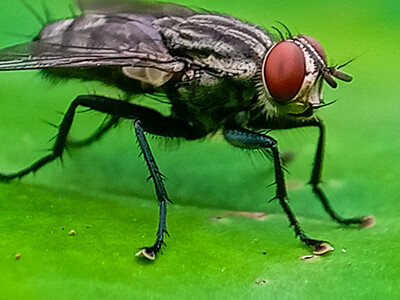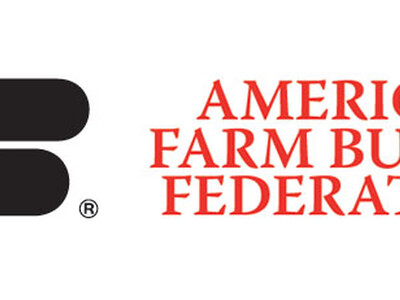Rural America is Underinsured & Exports Expected to Decline
Rural
A report issued by the Center for Rural Affairs confirms what most in agriculture already knew. Rural Americans are more likely to be uninsured or underinsured than urban Americans. With an economic foundation of small businesses, self-employment, and low wage work, rural communities are not well served by a health insurance system that relies on employer-based coverage. Many more rural families are forced to purchase from the individual insurance market where they all too often wind up underinsured, with coverage that costs too much and provides too little. Those who cannot afford the significantly more expensive individual insurance packages must go without or rely on public insurance.
As the world economy sags, the
PHILBROOK: We are aggressively pursuing our exports. We expect this year for
Now with today’s Food Forethought, here’s Lacy Gray.
The panic that ensued over the outbreak of the swine flu, now known as H1N1 virus, has left many of us shaking our heads. From the closure of hundreds of schools across the
Thanks Lacy. That’s today’s Northwest Report. I’m Greg Martin on the Northwest Ag Information Network.














